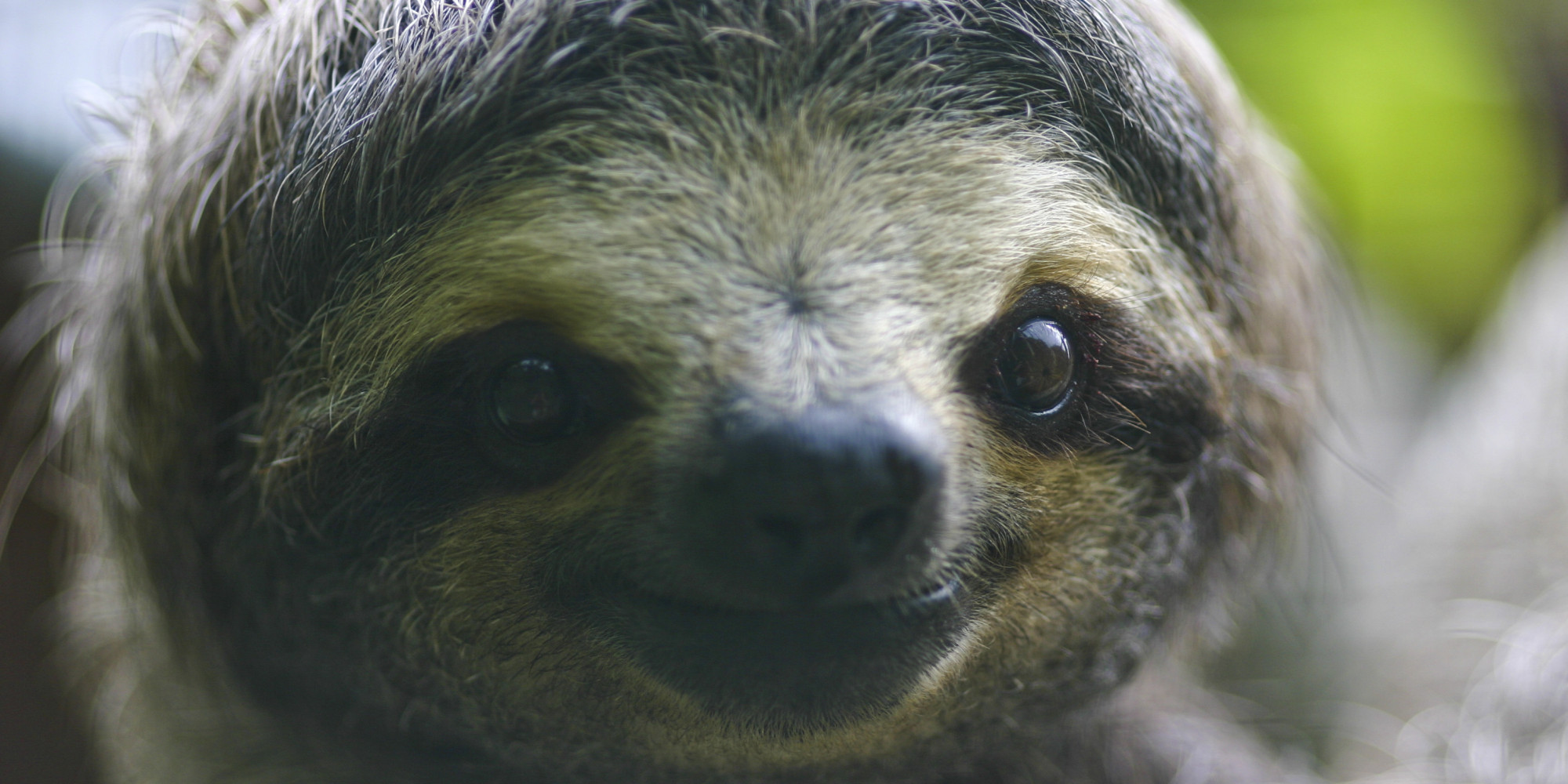
The Sloth Institute Costa Rica rehabilitates and releases sloths into the wild, and the Aviarios Sloth Sanctuary cares for non-releasable animals. Thankfully, sloths are protected and aided by a number of rescues and organizations. They are also subjected to direct poaching, both for meat and illegally for the pet trade.

Indirectly, these plodding animals are struck by cars, and electrocuted trying to climb power lines. Unfortunately for sloths, human interactions are very commonly detrimental. They learn what foods to eat by licking their mother’s lips, and this allows baby to determine what foods are safe to eat. Sloths have also been known to feed on insects, fruits, lizards, and even carrion. All species feed on the leaves of the cecropia family of trees, but will also browse on a number of other plants. Sloths are omnivores, eating both plants and small animals. The Hoffman’s two-toed sloth is divided into two populations, one from Honduras to Ecuador, and the other from Peru to Bolivia. The Linnaeus’s two-toed sloth is found from Venezuela to areas north of the Amazon River in Brazil. The critically endangered pygmy three-toed sloth is found only on Isla Escudo de Veraguas off the coast of Panama. The pale-throated sloth is found from Guyana to areas north of the Amazon River in Brazil. The brown-throated sloth can be found from Honduras to Eastern Peru. Each species has different distribution, and some are localized to a very small range. Distribution of the SlothĪll six species of sloths are found in the rainforests of Central and South America. They will remain on and around a single tree, known as a modal tree. They are arboreal creatures, which means they live the vast majority of their lives up in the treetops. They are extremely specialized creatures, and only do well in tropical rainforests. Sloths are restricted to a very small ecosystem in which they can succeed. Better to just stay in the trees as long as possible. Because they can’t walk, they must drag themselves using their long front limbs, making them a sitting duck for predators. These creatures are built for leisurely hanging, not walking, and they do not do well at it. In comparison, most other mammals’ body weight is 40 – 45% muscle. Its total body weight is just 25 – 30% muscle.

Sloths only climb to the ground once per week to urinate and defecate.


Their fur is long and coarse, and is frequently coated in green algae. All sloth species have long legs, and rounded heads with small ears.


 0 kommentar(er)
0 kommentar(er)
